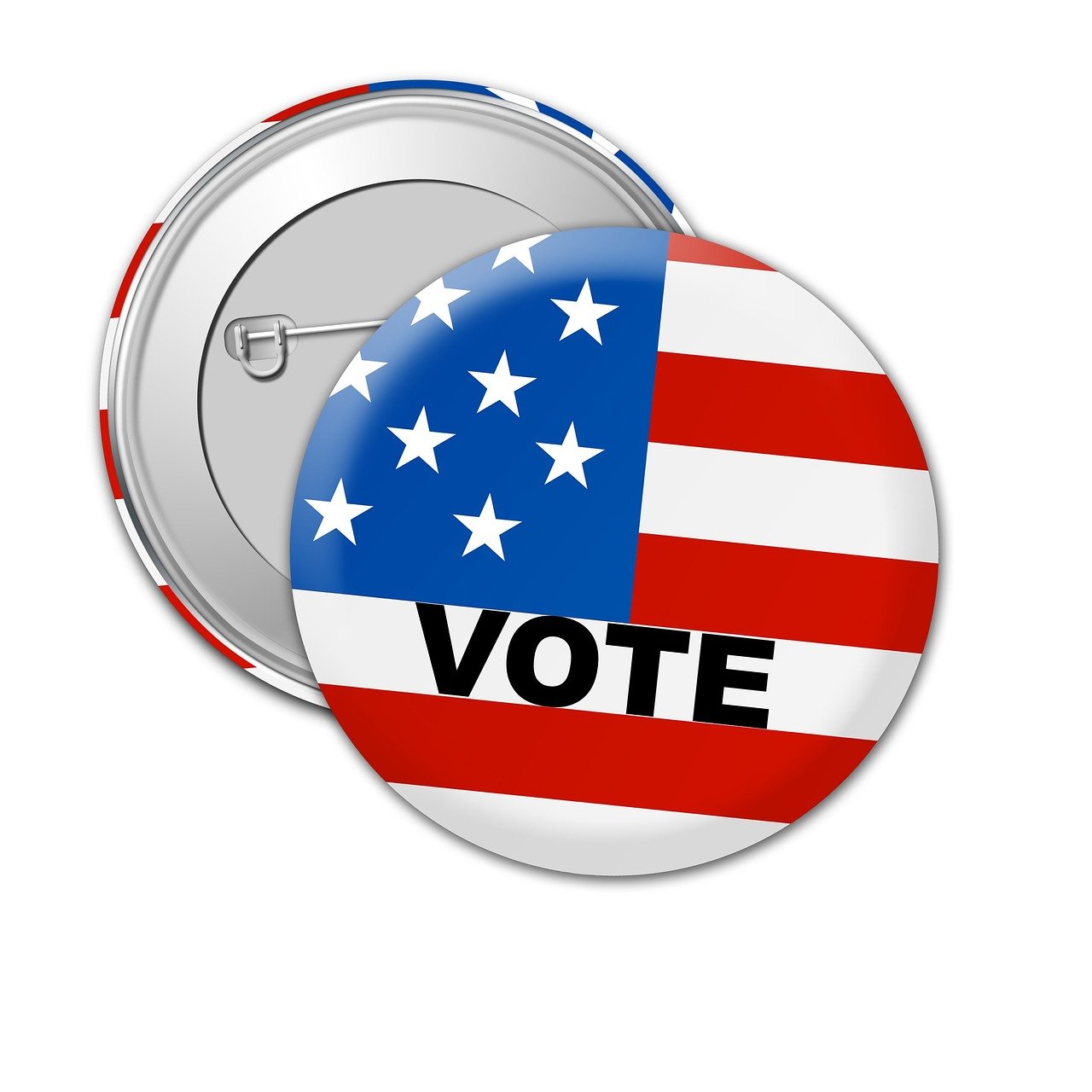Fraud is an unfortunate reality in many government programs, with an average fraud rate of 3 – 7 percent and many programs reporting over 10 percent. Yet, when it comes to voting fraud, officials insist that the incidence is negligible to non-existent. In the 2020 Presidential election, 7 States outcomes would have changed with 3 percent fraud and 16 States at 10 percent fraud. This paradox raises a crucial question: how can we reconcile the prevalence of fraud in other areas of government with the claim that our electoral system is virtually fraud-free? This concept of “invisible fraud” has significant implications for the democratic process and warrants a closer examination.
Historical and Contemporary Examples of Voting Fraud
Voting fraud is not a new phenomenon in American history. From the infamous Tammany Hall practices in the 19th century to more recent allegations of irregularities, voting fraud has cast a shadow over the integrity of our elections. While individual cases, such as double voting or voter impersonation, do occur, they are often cited as rare and inconsequential.
However, the focus on individual fraud obscures the potential for systemic fraud—coordinated efforts that could manipulate larger swaths of the electorate. For instance, issues with electronic voting systems and mail-in ballots have been subjects of debate. Reports of “lost” or “miscounted” ballots, though not always substantiated, contribute to a lingering sense of uncertainty.
Absence of Evidence is Not Evidence of Absence
The argument that voting fraud is rare because few cases are proven is fundamentally flawed. The absence of evidence is not evidence of absence, particularly in the context of sophisticated fraud methods that are designed to evade detection. Just as white-collar crimes often go unnoticed due to their complexity, electoral fraud could operate under a similar cloak of invisibility.
The difficulty in detecting and proving fraud in elections is compounded by a lack of stringent oversight and transparency. While election security has improved, it is still an evolving field that must keep pace with new technologies and methodologies employed by those seeking to undermine the process.
Impact on Legitimacy and Public Trust
Undetected voting fraud has the potential to significantly impact the legitimacy of elected officials and erode public trust in the electoral process. If even a small fraction of votes are fraudulently cast or manipulated, the outcome of close elections could be altered, leading to officials being elected who do not truly represent the will of the people.
Moreover, the perception of fraud, whether substantiated or not, can be just as damaging as the reality. Public confidence in the electoral system is paramount for a functioning democracy. When voters believe that their votes do not count or that the system is rigged, it undermines the foundational principles of democratic governance.
Addressing Counterarguments
Critics often argue that cases of voter fraud are rare and that the system is robust enough to catch most irregularities. While it’s true that proven cases are infrequent, this does not mean the system is foolproof. The challenge of detecting and proving fraud, especially when it is sophisticated and coordinated, cannot be underestimated. Furthermore, the cost of ignoring potential vulnerabilities is far too high.
Another common counterargument is that heightened scrutiny and additional measures to combat fraud could disenfranchise legitimate voters. This is a valid concern; hence, any measures taken must balance security with accessibility. It is possible to enhance election integrity without compromising voter rights, through transparent, inclusive, and technology-driven solutions.
With many elections now coming down to only a few votes, the paradox of voting fraud in American elections demands a more nuanced approach. Instead of dismissing concerns outright or exaggerating them, we need to focus on understanding and combating potential fraud with evidence-based solutions. Enhanced technology, transparency, and public awareness are critical to safeguarding our electoral process.
Bipartisan support is essential for improving election security and integrity. Only by working together can we ensure that every vote counts and that the democratic process remains untainted. It is time to move beyond the binary of fraud or no fraud and embrace a more comprehensive strategy to protect our most sacred democratic institution: the vote. Laws requiring ID to vote is a step in the right direction for election integrity. But why do people oppose those laws? Is it that they have something to hide!
